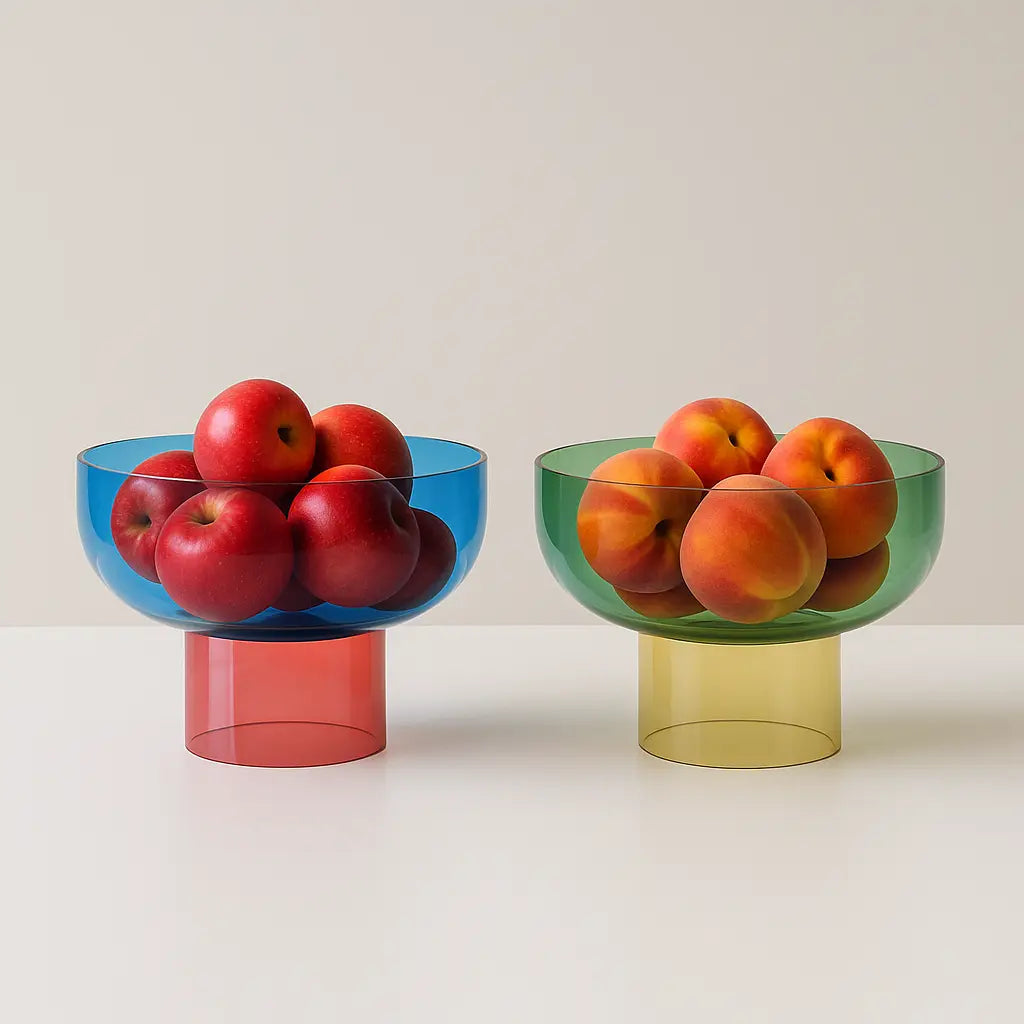Mondrian and the Clock: The Intersection of Art and Timekeeping
Share
Piet Mondrian was a Dutch artist who was one of the pioneers of the De Stijl art movement. He was known for his abstract geometric paintings, which featured bold lines, bright colors, and a strict grid pattern. Although his work was primarily focused on painting, Mondrian also had a fascination with clocks and timekeeping, which he explored in his art.
Mondrian was particularly interested in the concept of time, and how it could be represented in art. He believed that time was a fundamental part of the human experience, and that it could be expressed through art in the form of rhythm and movement.
In his paintings, Mondrian often used the grid pattern as a way to represent the passage of time. The grid was a symbol of structure and order, but it was also a way to show the progression of time, as the eye moved from one square to the next. Mondrian also used color to express time, using brighter colors to represent moments of intensity and movement.
Mondrian was also interested in clocks and timekeeping devices, and he often incorporated them into his art. In his "Composition with Large Red Plane, Yellow, Black, Grey, and Blue" painting, Mondrian included a clock in the lower right-hand corner of the painting. The clock was not just a decorative element, but a symbol of the passage of time and the rhythm of life.
Mondrian's interest in clocks and timekeeping extended beyond his art, and he was known to be a meticulous timekeeper himself. He believed that punctuality and structure were essential for creativity, and he often set strict schedules for himself to ensure that he had enough time for his painting.
In conclusion, Mondrian's art and his fascination with clocks and timekeeping were intimately connected. He believed that time was a fundamental part of the human experience, and that it could be expressed through art in the form of rhythm and movement. Through his paintings and his interest in clocks, Mondrian explored the intersection of art and timekeeping, and left a lasting legacy in both fields.


